Late in this final volume of a tantalising trilogy, we hear that its enigmatic boy hero ‘would never tell you his meaning directly. Always left it to you to puzzle things out.’ That verdict surely applies not only to the trio of gnomic novels that ends with The Death of Jesus. It fits the entirety of John Coetzee’s utterly lucid yet fiendishly elusive work. The South African Nobel laureate, resident in Australia since 2001, began his weird, stark but oddly hypnotic series of stories about an immigrant to a Spanish-speaking land and the ‘exceptional child’ he adopts with The Childhood of Jesus in 2013. The Schooldays of Jesus followed, and saw the gifted but brattish David shine as a prodigious dancer in the care of his often nonplussed guardian, Simón, and devoted adoptive mother, Inés.
The self-spoiling title of this final episode reveals the fate of the ten-year-old wonder. David insists that ‘I am nobody’s child’, but leaves his grieving followers with a sense that they have been ‘visited by a comet’. Yet Christianity — and the Gospel narratives inflect all these tales of a charismatic little stirrer who dwells among ‘ordinary folk, out of their depth’ — seems not to exist in the officious, ramshackle southern country where Simón and Inés live. This sharply etched dreamland blends elements of Argentina, Australia and even, I surmise, the threadbare Cape Town suburbia of Coetzee’s youth.
Like its predecessors, The Death of Jesus dangles the juicy worm of a clear-cut allegory in front of its perplexed readers. Then it snatches away the bait. We flounder around for meaning, for pattern, as in the vortex-like pools — so clear, yet so unfathomable — of his great novels, from Waiting for the Barbarians and Life & Times of Michael K to Disgrace. Here, David starts to flourish as a junior soccer star under the eye of an orphanage director, Dr Fabricante — a bullying hearty ‘strong on discipline, character-building, team-sports’. Soon, however, the boy begins to succumb to a rare neurological ailment. In hospital, we meet again the sinister Dmitri, who murdered David’s teacher in the previous book but is now earning his redemption as a toilet-cleaning orderly. The miracle lad who ‘comes from another world’ will depart this novel’s reality. He leaves his distraught elective parents, but also the cult of ‘a martyr and a legend’ among his tribe of devotees.
Our insatiable hunger for salvation —and for embodied messiahs — certainly fuels Coetzee’s cycle. But, treated simply as a fable of the quest for faith, the books can feel as ‘abstract and bloodless’ as the delphic parables David tells. Literary types might opt to read the project as an apologia for literature itself: David’s teachings, after all, stem from chapters out of a children’s version of Don Quixote. Their ‘message’, though, eludes definition, as David scatters a spore of clunky wisdom studded with banalities (‘I want to know why I am here’). Coetzee, indeed, seems to be mocking his own interpreters. David’s mania for mystic numbers prompts Simón to ponder on ‘the astral sway of forty-two’ in accounting for life, the universe and everything. Is Coetzee acquainted with the oeuvre of Douglas Adams? Don’t rule it out.
I’m almost tempted to view the Jesus trilogy as a scrambled, fragmentary memoir of Coetzee’s own career. The fictional towns of Estrella and Novilla have something of the scruffy, dowdy, regimented air of the white, lower-middle-class districts of the Western Cape where the author grew up. Familiar staples of his fiction recur: the rights and lives of animals, for instance, explored here through the family pet, Bolívar. Simón learns from this loyal hound, ‘going to school with a dog’ — just as the humbled David Lurie does in Disgrace. Key characters bear the names Dmitri and Alyosha — two of the Brothers Karamazov. Dostoevsky’s torrid dramas of faith, doubt, guilt and forgiveness have long haunted Coetzee, not least in The Master of Petersburg, which pivots on the death of Dostoevsky’s child. Coetzee himself lost a son in 1989. David’s number theories, and the belief that ‘everything grows out of mathematics’, return us to the academic subject in which Coetzee first excelled. As a student at the University of Cape Town, he even penned a verse drama inspired by Don Quixote.
And so on… great fun for us Coetzee geeks, for sure, but why should others care? Even at their most inscrutable, the Jesus stories have a taut, supple muscularity that tugs you into the human ordeals of Simón, Inés and David, whatever clouds of implication they may trail. Coetzee always writes with pace and precision. His otherworldly landscapes have a gritty, scuffed plausibility. Never overlook the deadpan comedy, either: he learned from Samuel Beckett, an early idol, not only scouring austerity but tar-dark wit.
David, like many worshipped kids, gets credibly on your wick — as do the creepy carers who batten on him. The lacerating grief of Simón and, especially, Inés needs no gloss. And, in a time when triple-underlined ‘messages’ find favour with publishers, we should cherish the mischief of this almighty tease.
Got something to add? Join the discussion and comment below.
Get 10 issues for just $10
Subscribe to The Spectator Australia today for the next 10 magazine issues, plus full online access, for just $10.
You might disagree with half of it, but you’ll enjoy reading all of it. Try your first month for free, then just $2 a week for the remainder of your first year.

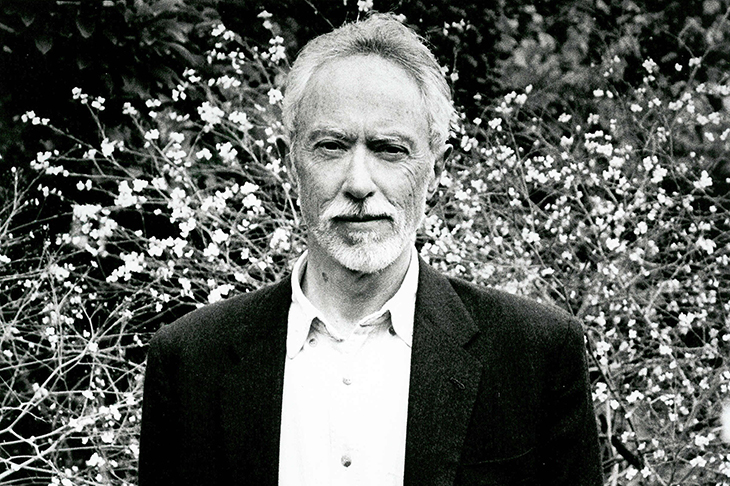
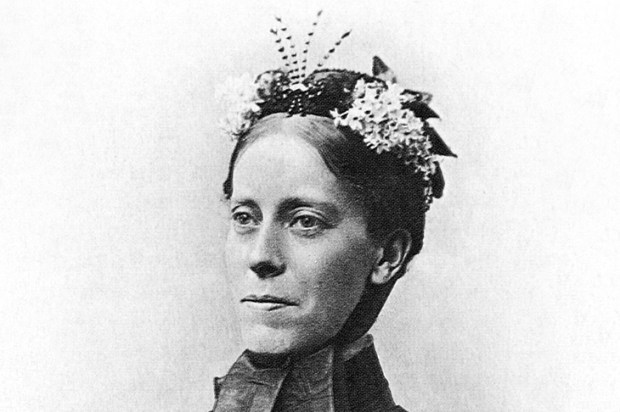

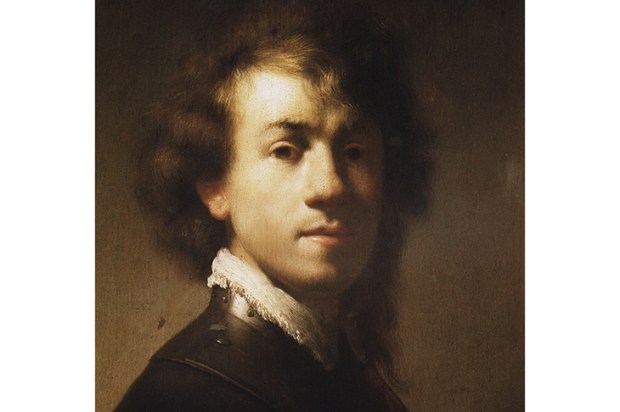

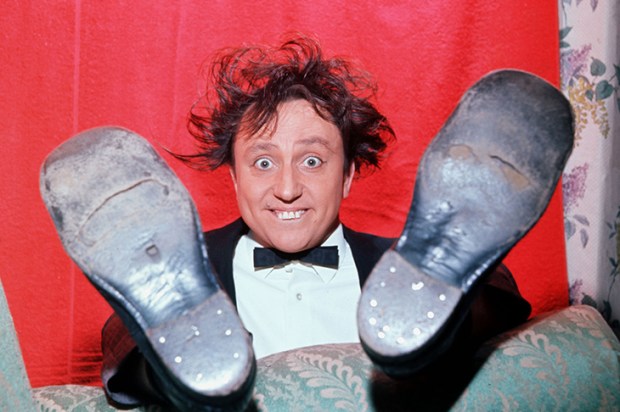
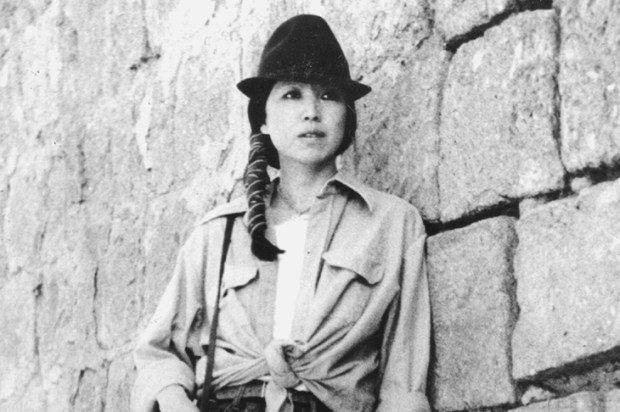






Comments
Don't miss out
Join the conversation with other Spectator Australia readers. Subscribe to leave a comment.
SUBSCRIBEAlready a subscriber? Log in